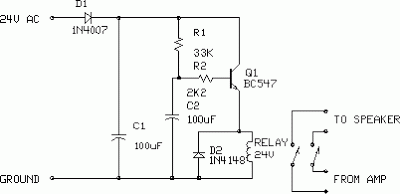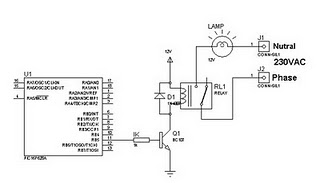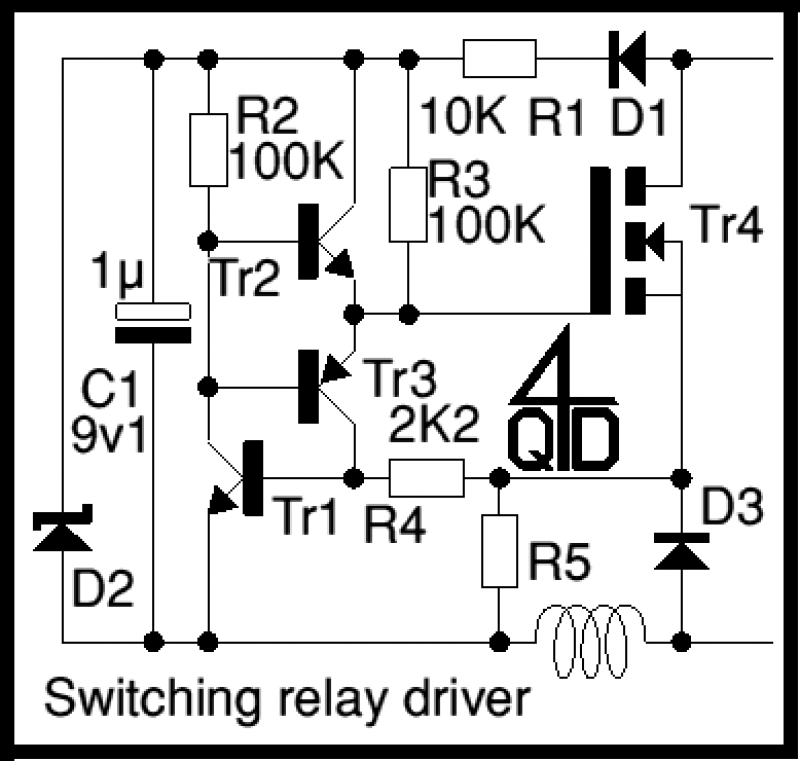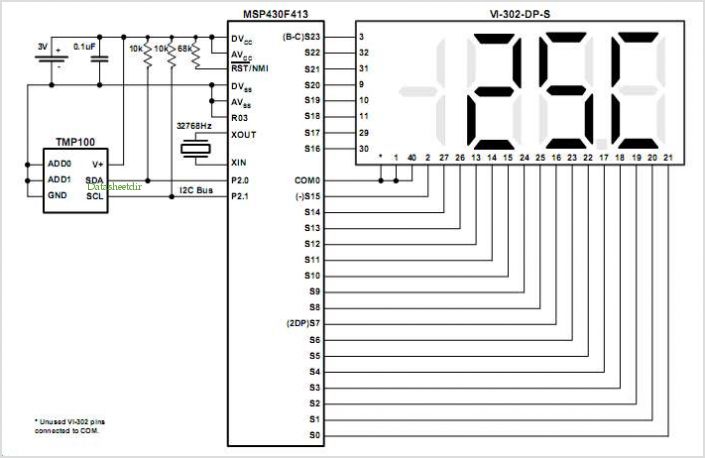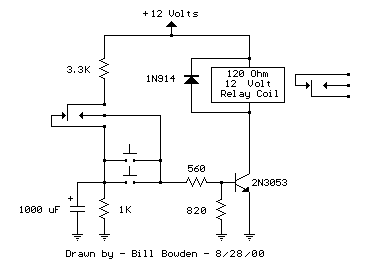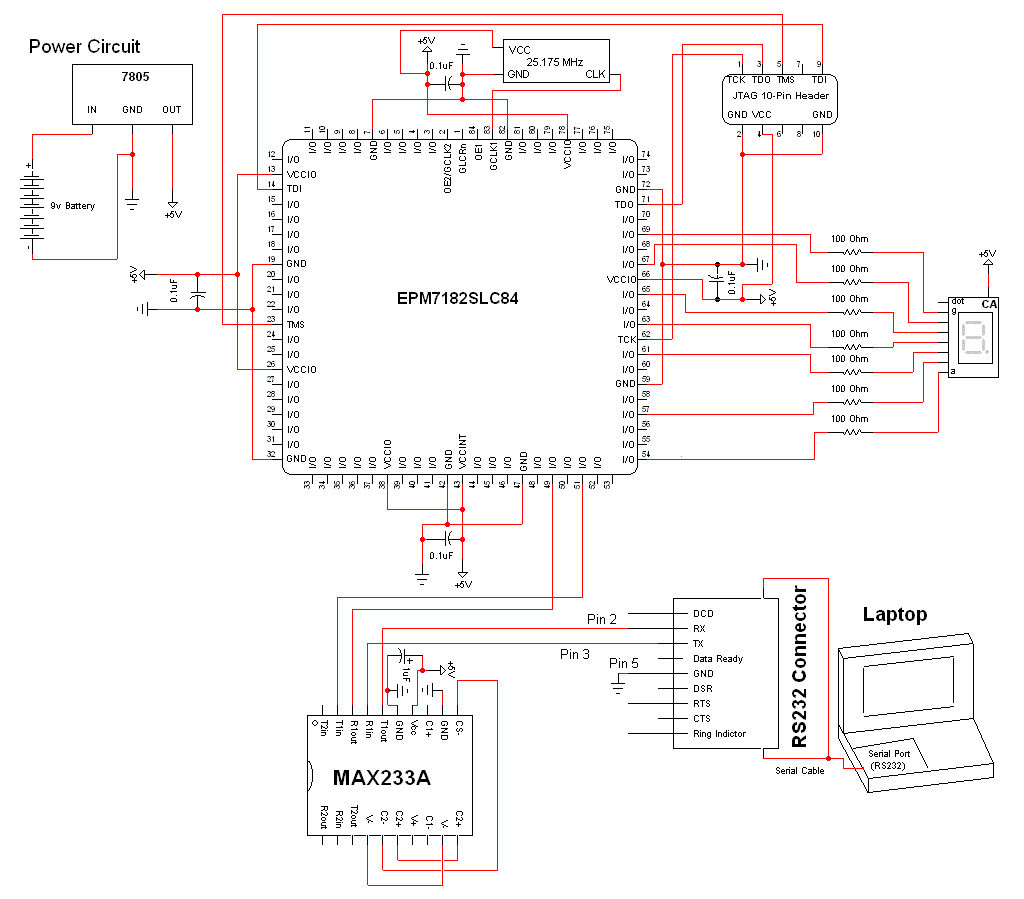
interfacing relay with spartan 6 fpga
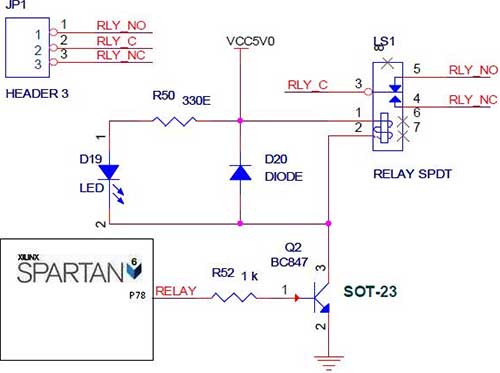
The Spartan-6 board features onboard 5V relay interfacing, as illustrated in the accompanying figure. The ULN2803 serves as a driver for the FPGA I/O lines, with the driver's outputs connected to the relay modules. A PTB connector is provided for an external power supply if necessary.
The Spartan-6 board is designed with a robust relay interfacing capability, enabling control of various high-power devices through low-power FPGA I/O lines. The ULN2803, a high-voltage, high-current Darlington transistor array, is employed to facilitate this control. It allows the FPGA to switch the relays on and off without directly handling the higher voltages or currents associated with the relay operation. The outputs of the ULN2803 are connected to the relay modules, effectively isolating the FPGA from the electrical load and providing a safe operating environment.
The onboard 5V relay modules can be used to control devices such as motors, lights, or other electrical appliances, making the Spartan-6 board versatile for various applications in automation and control systems. The PTB connector allows for the integration of an external power supply, ensuring that the relays can operate independently of the FPGA's power supply. This feature is particularly useful in applications where the relay load requires more power than what the FPGA can provide.
In summary, the Spartan-6 board's relay interfacing capability, driven by the ULN2803, and the provision for an external power supply through the PTB connector, make it an effective solution for interfacing with high-power devices in a controlled manner. This design enhances the board's functionality and expands its application potential in electronic projects.The Spartan-6 board has on board 5v Relay interfacing, indicated as in Figure. ULN2803 is used as a driver for FPGA I/O lines, drivers output connected to relay modules. PTB connector provided for external power supply if needed. 🔗 External reference
The Spartan-6 board is designed with a robust relay interfacing capability, enabling control of various high-power devices through low-power FPGA I/O lines. The ULN2803, a high-voltage, high-current Darlington transistor array, is employed to facilitate this control. It allows the FPGA to switch the relays on and off without directly handling the higher voltages or currents associated with the relay operation. The outputs of the ULN2803 are connected to the relay modules, effectively isolating the FPGA from the electrical load and providing a safe operating environment.
The onboard 5V relay modules can be used to control devices such as motors, lights, or other electrical appliances, making the Spartan-6 board versatile for various applications in automation and control systems. The PTB connector allows for the integration of an external power supply, ensuring that the relays can operate independently of the FPGA's power supply. This feature is particularly useful in applications where the relay load requires more power than what the FPGA can provide.
In summary, the Spartan-6 board's relay interfacing capability, driven by the ULN2803, and the provision for an external power supply through the PTB connector, make it an effective solution for interfacing with high-power devices in a controlled manner. This design enhances the board's functionality and expands its application potential in electronic projects.The Spartan-6 board has on board 5v Relay interfacing, indicated as in Figure. ULN2803 is used as a driver for FPGA I/O lines, drivers output connected to relay modules. PTB connector provided for external power supply if needed. 🔗 External reference
